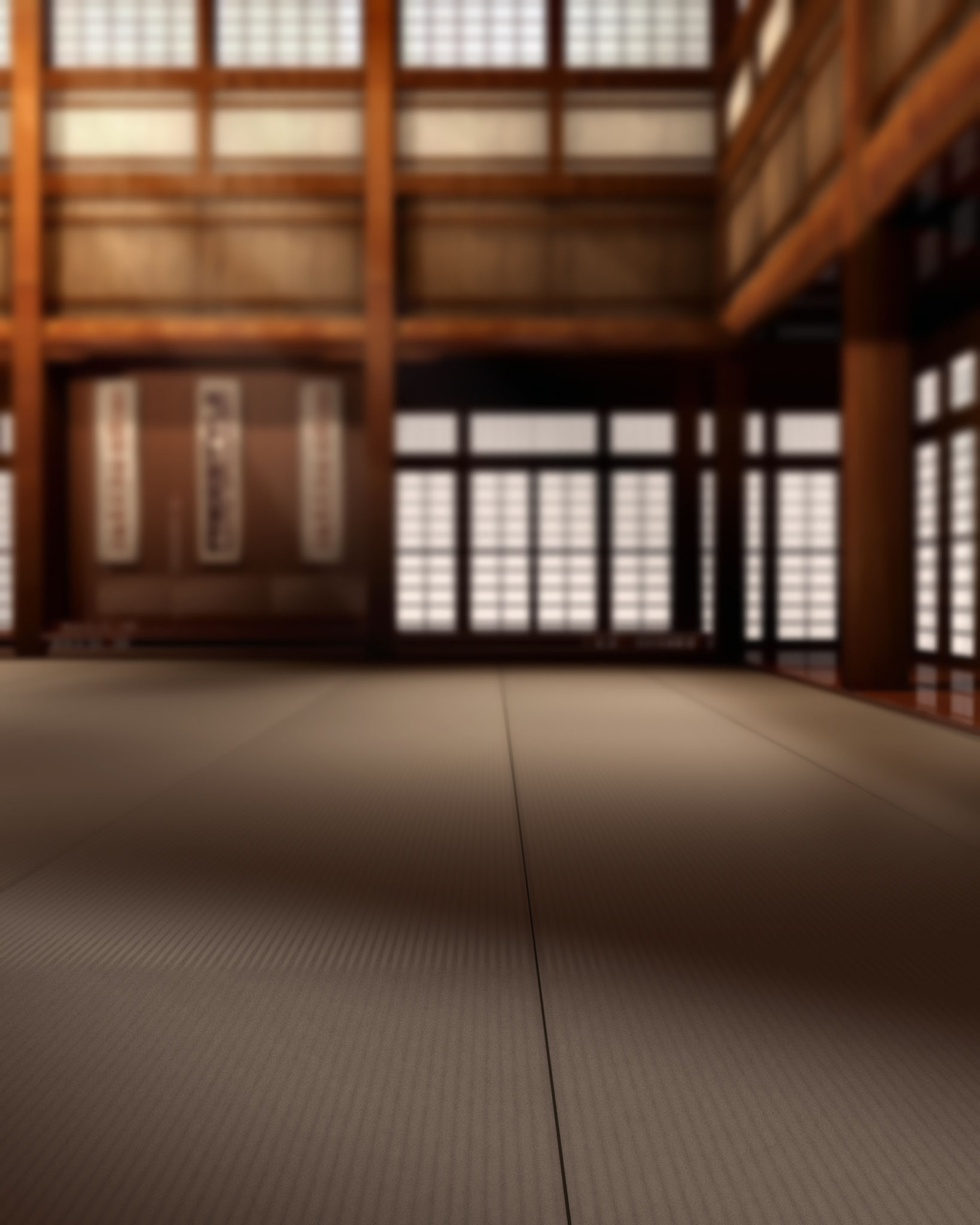Understanding the Differences: Okinawan Karate vs. Japanese Karate
Introduction to Karate
Karate, a martial art that emphasizes self-defense and discipline, has various styles, each with its unique characteristics. Two of the most well-known are Okinawan Karate and Japanese Karate. Understanding their differences can enhance appreciation for these traditions and provide insight into their distinct philosophies and techniques.

Origins and History
Okinawan Karate
Okinawan Karate originated on the Ryukyu Islands, which are now part of Japan. This form of Karate is deeply rooted in the native fighting styles of the region and has been influenced by Chinese martial arts. The emphasis in Okinawan Karate is on practical self-defense techniques, focusing on close-range combat.
Japanese Karate
Japanese Karate, on the other hand, developed after Okinawan Karate was introduced to mainland Japan in the early 20th century. It was subsequently adapted and modernized to emphasize form, precision, and competition. The Japanese style is often characterized by its structured movements and kata (forms), which are meticulously practiced for perfection.

Philosophical Differences
While both styles share a common heritage, their philosophical approaches differ. Okinawan Karate is often seen as a way of life, emphasizing personal development and spiritual growth. It encourages practitioners to be humble, respectful, and resilient.
In contrast, Japanese Karate places a strong emphasis on discipline and competition. It is often taught with a focus on achieving rank and excelling in tournaments. This competitive aspect has helped popularize Karate worldwide, making it a popular sport in many countries.

Technical Distinctions
Okinawan Techniques
Okinawan Karate techniques are known for their simplicity and effectiveness. Practitioners focus on natural stances and movements that prioritize power generation through body mechanics. The training includes traditional weapons like the bo staff and nunchaku, which are integral to the style.
Japanese Techniques
Japanese Karate tends to favor long stances and linear movements. The techniques are designed for speed and precision, making them suitable for competition settings. Kata practice is central to Japanese Karate, where forms are performed with attention to detail and elegance.
Training and Practice
The training environment also differs between the two styles. In Okinawan dojos, there is often a focus on community and mutual respect. Training can include a variety of exercises that build strength, endurance, and mental fortitude.
Japanese dojos typically emphasize hierarchy and discipline. Students are expected to follow strict protocols and show respect to instructors and peers. The training regimen is often more standardized, reflecting the structured nature of Japanese society.
Conclusion
Understanding the differences between Okinawan Karate and Japanese Karate provides valuable insight into their respective cultures and philosophies. Whether you are seeking personal growth or competitive achievement, both styles offer unique benefits that can enrich your martial arts journey.